Today I hope to offer some lessons learned from the recent events I have lived through with Helene. Though the title of this article is “natural disaster preparedness lessons learned,” these lessons are applicable to just about any emergency. If you follow this advice and develop a decent, well-rounded system of preparedness, you will be ready for just about anything.
This post contains affiliate links.
Preparedness Lessons Learned from Helene
I am going to share some preparedness lessons learned from Helene. These are experiential lessons learned, having lived and worked through a very large-scale natural disaster. Many of these lessons are not new at all. In fact, some of these preparedness lessons “learned” are just lessons relearned, reiterated, and reinforced. I hope this helps some of you become better prepared. I also hope it encourages at least one person out there to take the first step and start getting prepared. If you need a primer of all the things you need to get prepared, check out my 2020 article, Basic Preparedness: A Down and Dirty Primer.
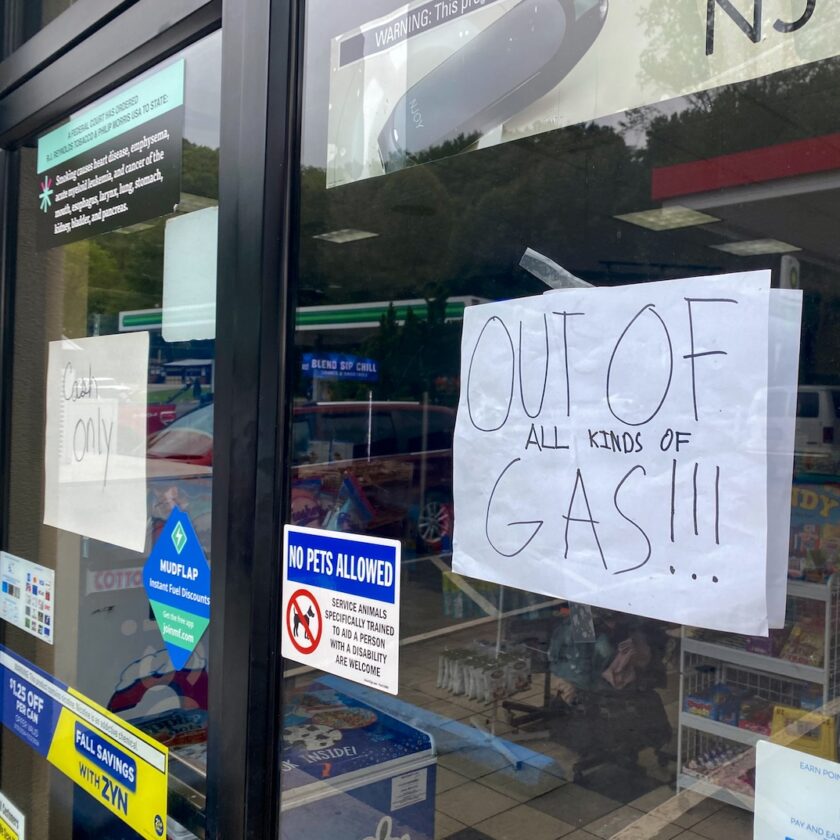
In my previous post I detailed some of the destruction and what I had been doing since the disaster began. Since then I have worked several more shifts. I have also taken a full 36 hours off.
Limited Emergency Medical Services
At some point during the worst of the disaster, EMS simply stopped running. Imagine calling 911 and there is simply no one to come for you. In my previous post I mentioned that I took a head trauma to the local hospital. The patient had, among other injuries, a basilar skull fracture. This is a life-threatening injury and needs a Level I or Level II trauma center, not a small local hospital. Due to the region-wide scale of the disaster, taking him to an appropriate treatment facility was impossible. Fortunately this patient was able to be flown to a trauma center several hours later.
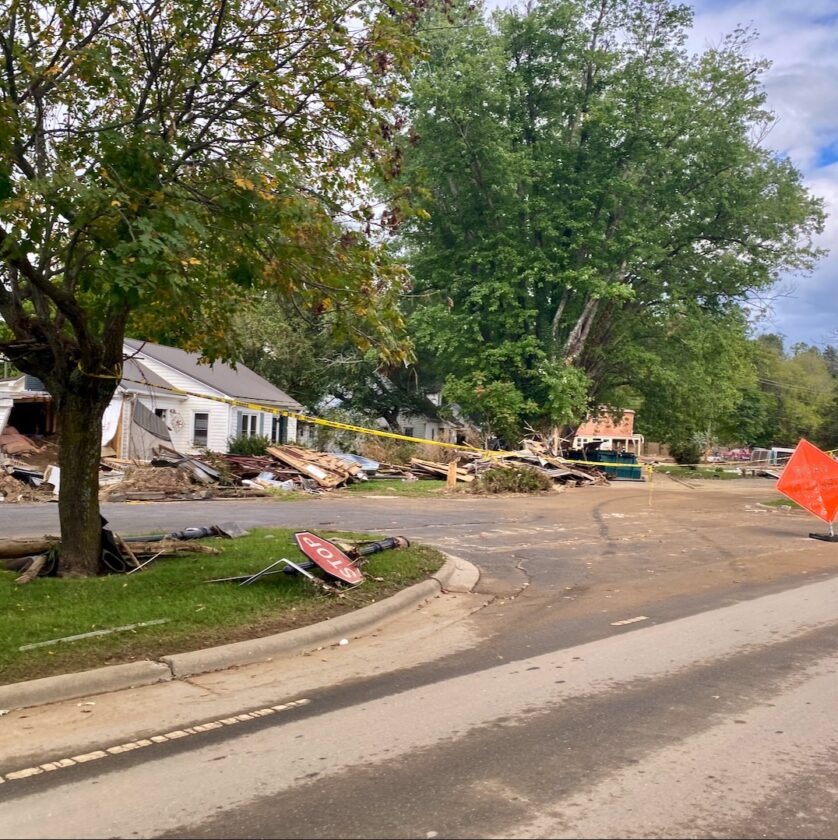
Lesson Learned: You need to seriously estimate the risk of everything you do during an emergency. Emergency medical services may be overwhelmed or simply unable to get to you. You may not be able to get to a trauma center for the help you need. A serious injury that under normal circumstances would mean surgery and some physical therapy could mean death or permanent disability. It is temping to begin working as soon as the weather clears, but help may not be on the way if you get hurt. This echoes advice I offered in 2020 in regards to COVID.
It would also be a great idea to have some medical training and supplies. You may be on your own for days. Do you know how to deal with a serious injury or illness? Do you have the equipment to take vital signs and understand what they mean? This is important, life-and-death stuff. As I have belabored in the past, I strongly recommend becoming an EMT, a really accessible yet useful level of training. In addition, you should have an individual first aid kit and a home first aid kit.
Cash *Really is* King
Cellular and internet connectivity were knocked out pretty quickly during this disaster. This prevented most ATMs from being able to contact banks and dispense cash. The few ATMs that were able to do so were slammed with long lines. At the same time, gas pumps and registers couldn’t reach servers, so cash was needed most when it was least obtainable.
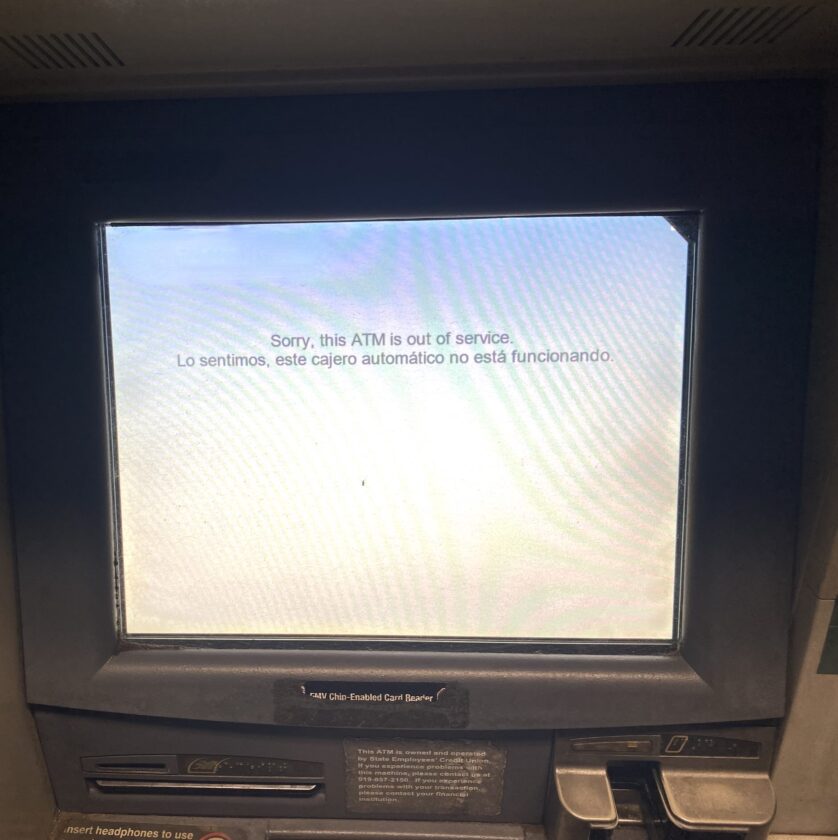
Lesson Learned: The importance of having cash on hand was one of the most important preparedness lessons learned (or relearned) for me. All the preparedness literature saying cash is necessary because credit card processing goes down in an emergency was exactly right. Eight days later there are still many places that can’t process credit cards, but will take cash. For years I have recommended keeping $1,000 cash readily available and I stand by that now. As Joshua Sheats taught me, there aren’t a lot of problems in life that $1,000 won’t solve for you.
With inflation I might even go above and beyond $1,000. I wouldn’t carry much more than that on your person, but it wouldn’t hurt to stack some cash in your bugout bag or gun safe.
Poor Health = Additional Challenges
A huge percentage of our calls were more mundane. With road impassible and power out, the oxygen-dependent were in trouble. Home-health personnel could not deliver oxygen tanks, and oxygen concentrators could not work without electricity. These people were in serious jeopardy. Additionally they consumed a lot of EMS resources. Most of the oxygen-dependent were taken to a local shelter.
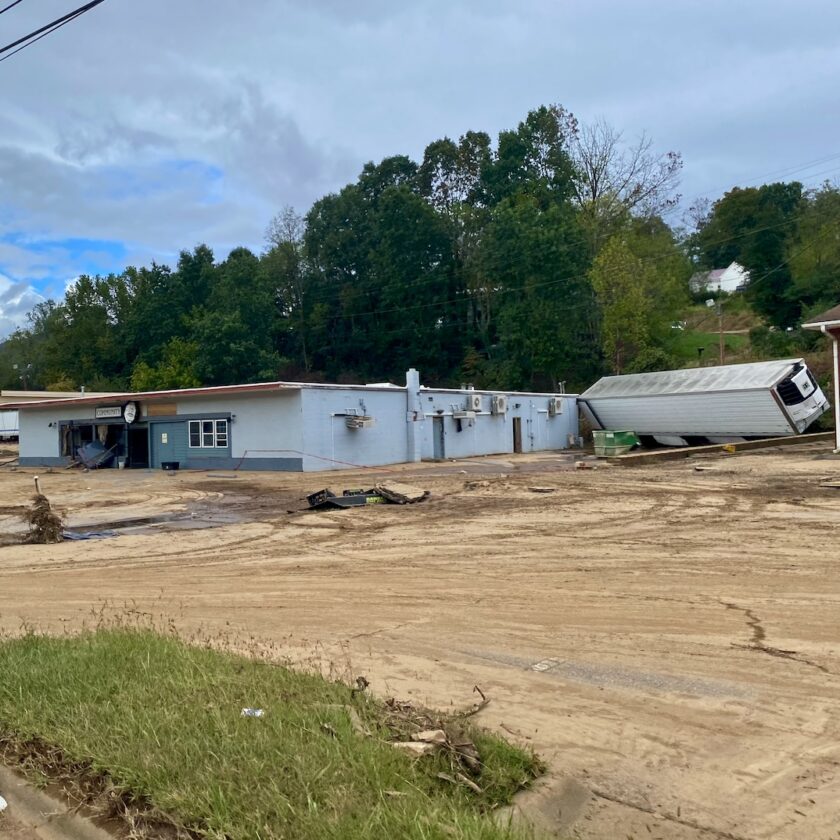
Those in poor health generally have a harder time in an emergency. Moving people during rescues was much easier on all parties involved if they were in reasonably good health. Keep in mind also that people in some areas have been cut off for seven days now. That creates massive problems for those dependent on prescription medications and other healthcare supplies.
Lessons Learned: Get control of your physical health. If you smoke, you need to stop. Period. You also need to start exercising, lose weight, and seriously reduce the amount of salt- and sugar-laden foods (and drinks) you consume. This will help you reduce your dependence on the healthcare system, short and long-term. This will also decrease the chances that you need precious medical resources in an emergency.
Regardless of your health, having some basic OTC meds on hand is a really good idea. In addition to a 30-day supply of your prescription meds, I keep all of the following on hand. Store them sealed, in a cool, dry place. They will last a long time and you will be prepared for many common illnesses. Increase the quantities according to the size of your household.
- Ibuprofen (Motrin/Advil; pain reliever, fever reducer)
- Acetaminophen (Tylenol; pain reliever, fever reducer)
- Diphenhydramine (Benadryl; antihistamine, sleep aid [off label use], treating anxiety in pets)
- Famotidine (Pepcid; antacid, used with antihistamines to treat allergic reactions)
- Loperamide (Immodium; anti-diarrheal)
- Meclizine (anti-emetic)
- Day/Night Cold and Flu medication
You Need a Radio
Cellular and internet connectivity were knocked out pretty quickly during this disaster. News was passed daily on a local radio station. The county’s Public Information Officer sat down with the DJ daily to give citizens an update on what was going on. This was an invaluable source of information. Once again, the old-school prepper literature was correct.
Lesson Learned: Have a radio! I have two of these hand-crank radios, but a battery operated radio will work just as well. Just make sure you have plenty of batteries for it.
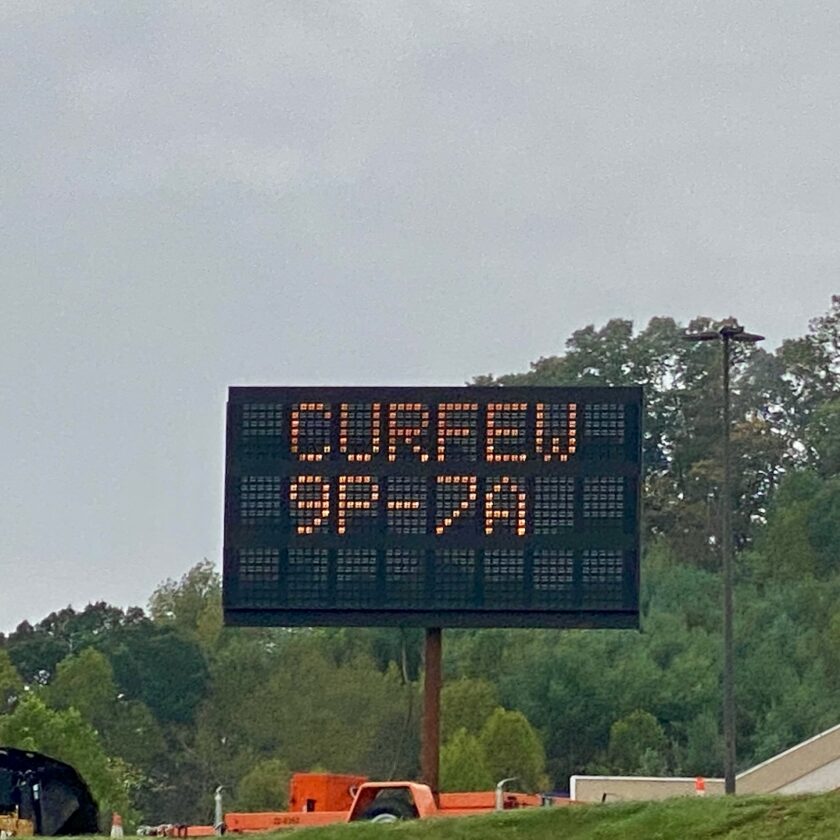
The Time to Prepare is BEFORE The Disaster, Not After
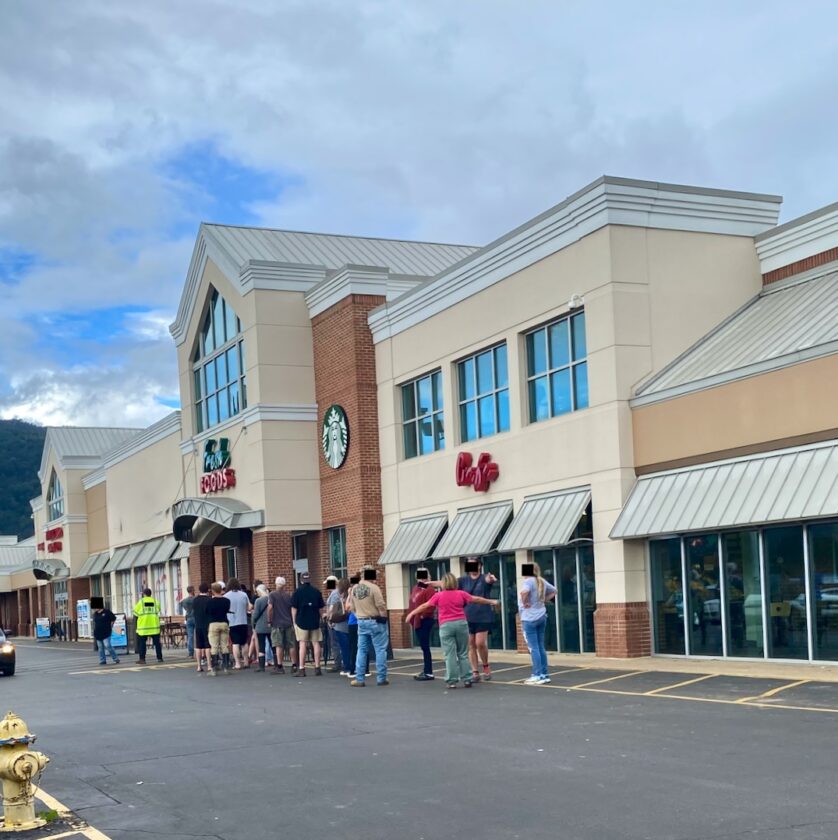
FEMA is Not a Boogeyman
This is an update after a random dude showed up at my place of work, jumped out of his truck, and immediately began cussing “FEMA.” Who he was really being rude to were hard-working paramedics who came here to help. The Federal Emergency Management Agency gets a lot of flack. Some of this is due to fears of FEMA taking peoples’ guns in the midst of a disaster. Some of it is due to the widespread misinformation (read: bullshit) on the internet about government “weather machines” aimed at Republicans. I have some insight for you: FEMA doesn’t have its own army. FEMA doesn’t show up in black helicopters kitted out in plate racks and M4s to oppress the population and take their land.
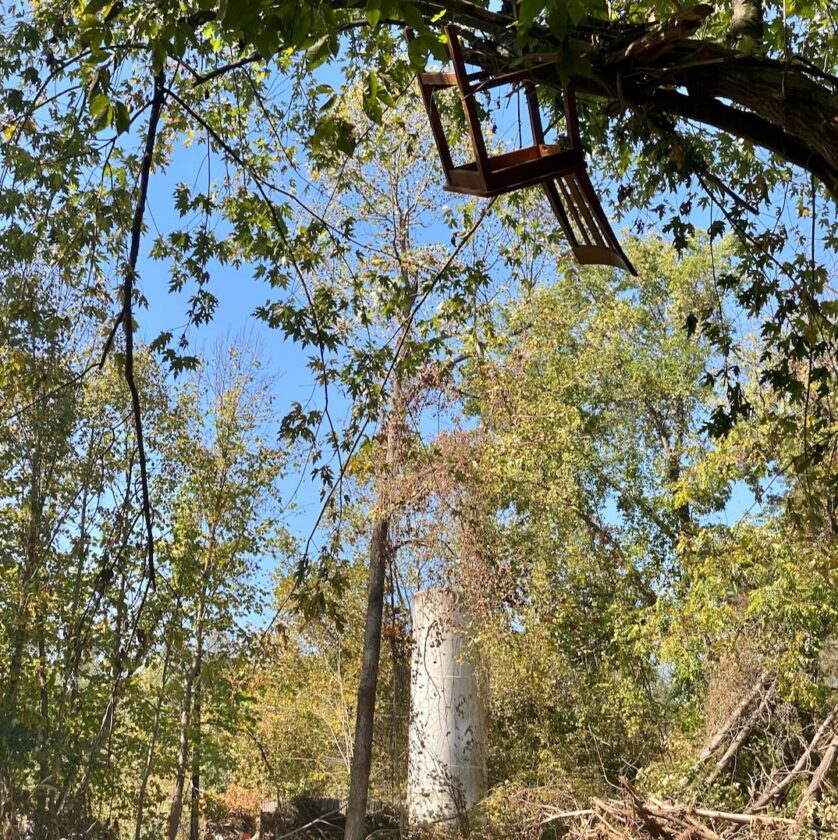
Mostly FEMA pays private companies or municipal agencies to send Disaster Medical Assistance Teams (DMAT), Urban Search and Rescue (USAR) Teams, and other resources. For example, our overworked police, fire, and EMS were supplemented by other agencies from across the country. Most police officers were from within the state: probation officers, deputies from other counties, state troopers, wildlife officers, etc. Ambulance crews were from all over the country (Indiana, Ohio, Pennsylvania, Texas). USAR teams were from Massachusetts, Maryland, Wisconsin, and our home state. These FEMA-funded cops, medics, and rescuers performed invaluable services.
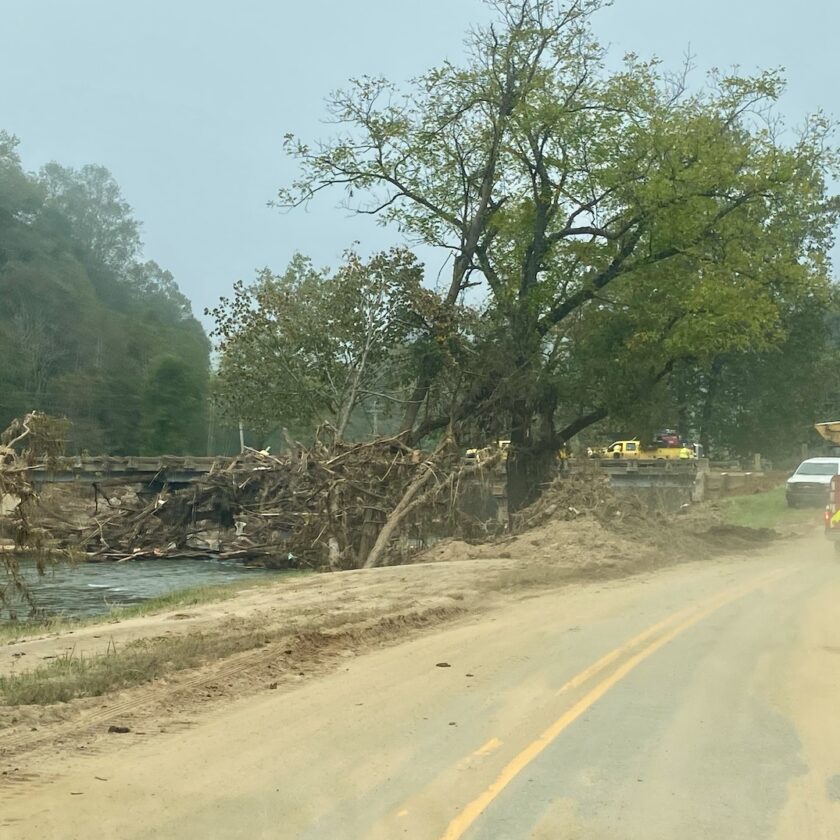
FEMA also provides excellent training in the Incident Command System (ICS) and National Incident Management System (NIMS). ICS 100, 200, 700, and 800 are free and available online to anyone. I get it; many of you are pro-small-government and don’t like the current administration. That doesn’t mean that the services rendered by FEMA are inept, impotent, or malicious. They have literally saved lives, and they have made life much easier for many of the people in the affected area.
Preparedness Lessons Learned: Closing Thoughts
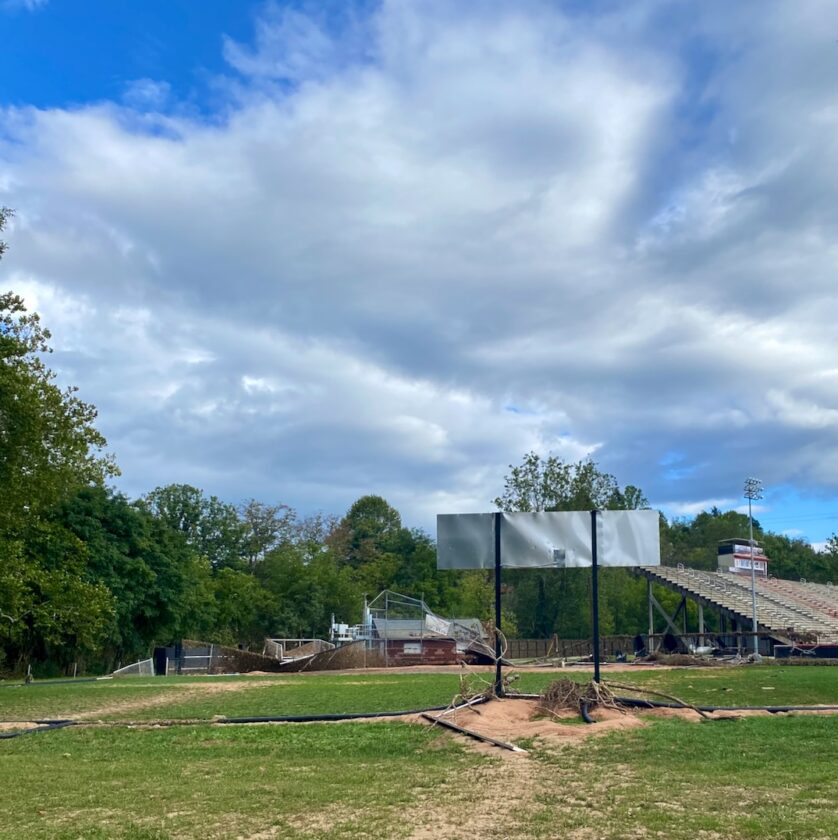




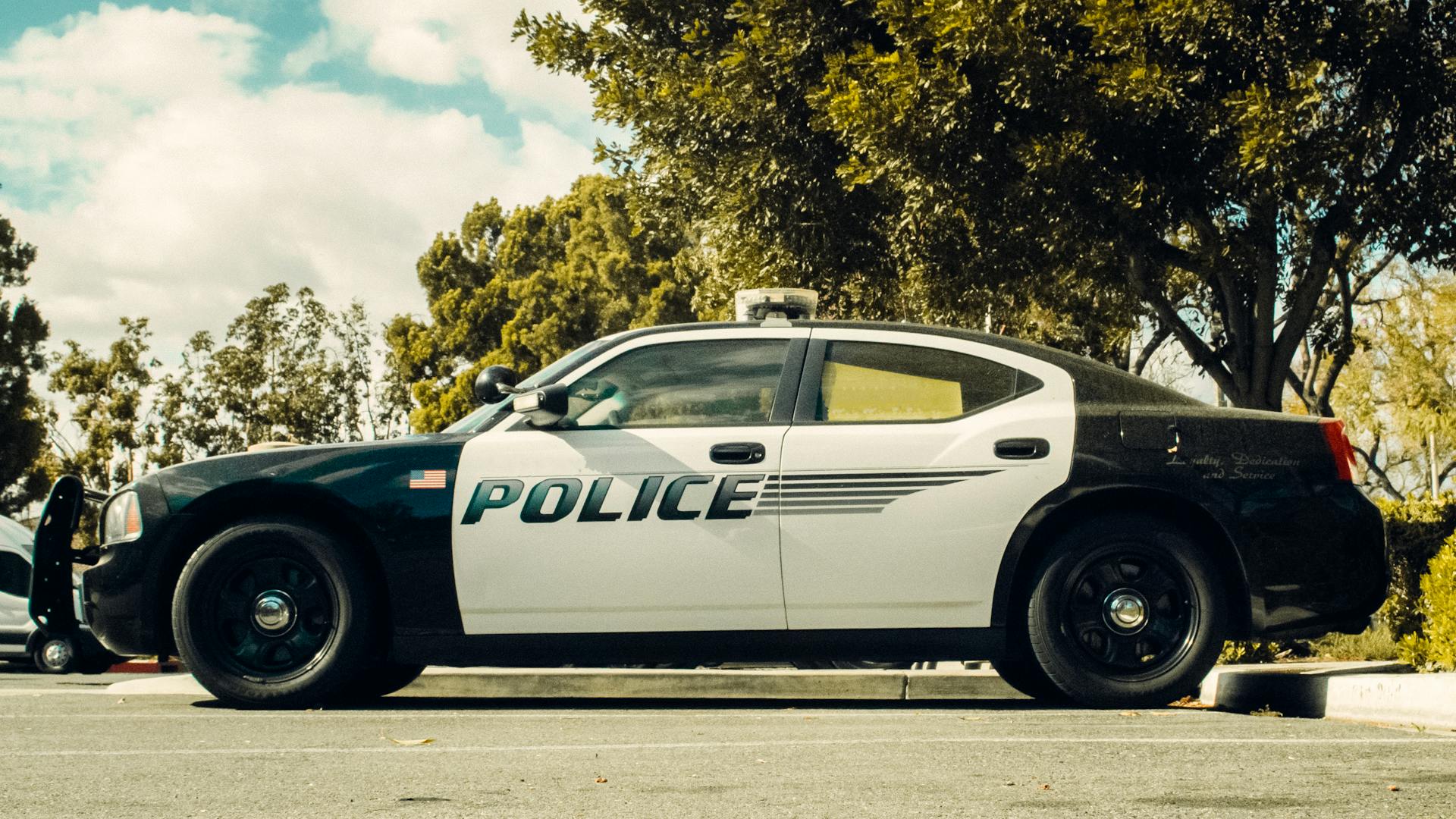

1 thought on “Helene: Natural Disaster Preparedness Lessons Learned”
Comments are closed.